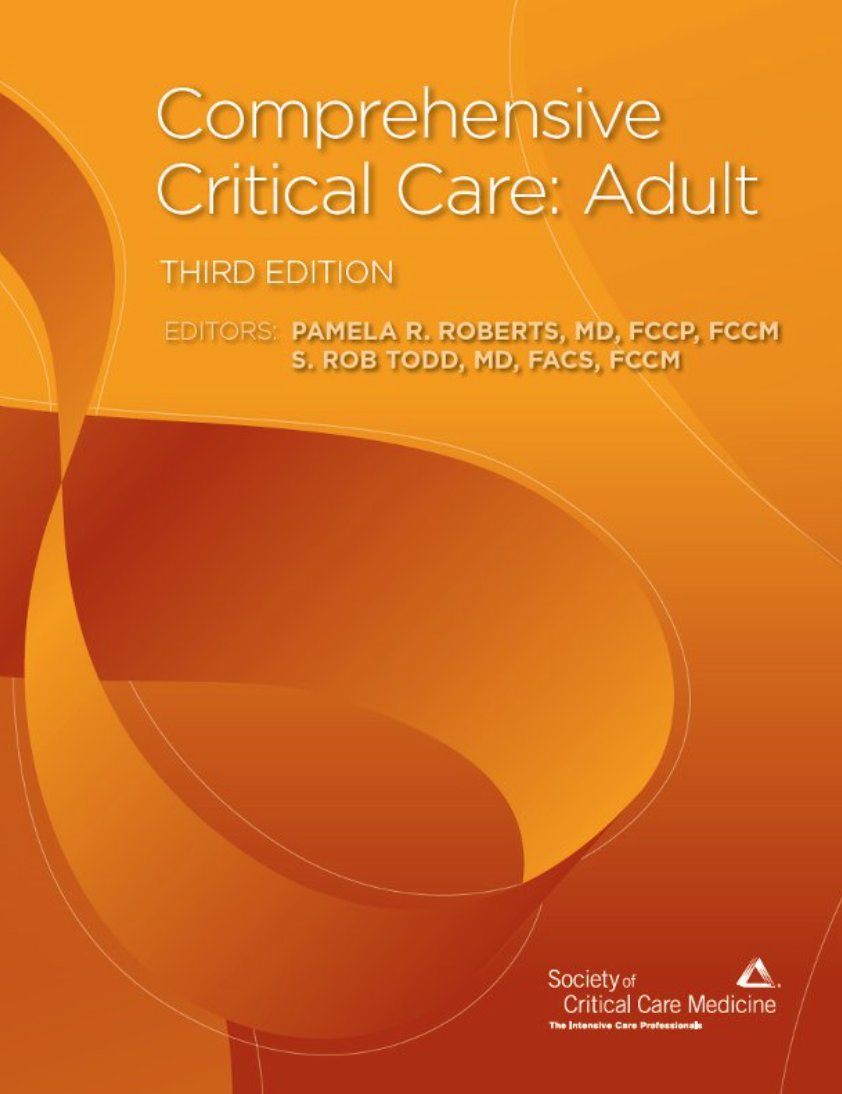
ICU stories (a common one): It's Saturday, Jan 28, 2023. You just came on service at 7:00 am & at the same time, they were rolling in a case from the OR (Friday night case = never good...). 65 yo pt w DM2/diastolic HF/CAD/A fib/HTN/PVD. Had 10 ds' hx of abd pain; CT A/P showed
evidence of ischemic bowel. Pt came to the ICU after an exp-laparotomy w partial small bowel resection. The gut was left in discontinuity & the abdomen was left open. Pt still sedated & paralyzed, on norepi 0.18. A sleep-deprived anesth CRNA is telling you that the surgeon plans
to bring the pt back to OR for 2nd look on Monday. You feel so lucky; pt already has lines from the OR, you just have to keep him sedated for 2 days. Piece of cake! You move on to the other pts but the RN interrupts your dream rounds in 5 min. What about maintenance fluids, doc?
Oh no, you have to spend energy now. You grab the US & re-enter pt's room. No obvious phys findings of hypo-perfusion. Your luck continues: you manage to get amazing PLAX & 4ch views, & you estimate a CO of 5.6 l/min. You just read in #medtwitter that there is no low or high CO,
only (in)adequate CO. And in this case, it looks adequate (in the meantime you checked a ScvO2 of 70%). You have also read from @IM_Crit_ & the rest of the "gang" that there is not such a thing as "maintenance fluids".
You want to be thorough & take a look at IsOs: pt is 8 lts (+) since admission 16 h ago. You do VEXUS; portal vein has pulsatility just < 50%. You made your mind! You triumphantly announce your decision: no maintenance fluids! Pt remains on "cruise mode" for the rest of the shift
Same night, pt's uop dropped twice to 20 cc/h. Received 500 cc albumin & 1 l NS & for a couple of h each time, uop was 30-35 cc/h. Sunday am, you return to the ICU: pressor needs have improved by 50%. The GenSurg attending had rounded at 6:30 am & gave another liter of LR because
the lactate was still 2.8 & thought pt is "under-resuscitated". You repeated POCUS (things looked same) & kept the pt off maintenance fluids. The creat jumped a little from 1.2 to 1.6; GenSurg consulted Renal. Somehow pt received a dose of mannitol & 40 mg of lasix without major
diuretic response. Another 500 cc albumin was given Sunday night... It's already Monday. The Gen surgeon took the pt to the OR Monday pm but returned to the ICU in less than an hr. The abdomen was still too "edematous"; could not be closed. You will have to wait another 2 days...
On Tuesday am, u entertained the option of TPN since pt had no intake for 10+3 ds; the surgeon did not want TPN because the pt is still septic. It did not escape your attention that creat ⬆️ to 2.0, HCO3 ⬇️ to 19.8 & pH ⬇️to 7.28. You have played this game before; your experience
w ARDS has taught to you to be unimpressed by pH in 7.20s. While you are ready to go home on Tuesday pm, you are told that pH is 7.25. You ask the resp therapist to increase ventilator's rate by 2 & go home
Wednesday am things look a bit worse. You discuss w the Renal attending: patient does not meet HD criteria. You are happy w this because you don't have to place a HD catheter. It's a busy day. Plus you did your part: no maintenance ivf, remember?
It's Thursday am; patient did not go to OR the previous night as it was scheduled. The locum surgeon thought that the case was too complicated & wanted to wait for the primary surgeon. When you talked to him, he wanted the metabolic profile to be "optimized". He was a bit right:
pH was 7.19 & HCO3 was 17.5. You remembered that in BICAR-ICU trial (doi:doi.org/10.1016/S0140-…) the infusion of bicarbonate "helped" acidotic patients w AKI score 2-3
For some reason, you also decided to check ketones in blood and urine and were positive... Was the pt in DKA? Or was he in starvation ketoacidosis? Or both? It didn't matter. You had made up your mind:
You asked for a bicarbonate drip (bicarb diluted in Dextrose 5%). You were happy; you never started maintenance ivf. And since it was your last day on service, the next am someone else would try to figure out what to do with the patient!
Thanks for reading! If you are interested, check the confusion about maintenance iv fluids and let me know
1. fluidacademy.org/blog-foam/item…
2. sciencerepository.org/acute-starvati…
3. nejm.org/doi/10.1056/NE…
1. fluidacademy.org/blog-foam/item…
2. sciencerepository.org/acute-starvati…
3. nejm.org/doi/10.1056/NE…
#FOAMcc #MedTwitter #MedEd @katiewiskar @msiuba @NephroP @MynephCC
@khaycock2 @NickjohnsonMD @TaotePOCUS @cianmcdermott @cjosephy @critconcepts @MegriMohammed @emily_fri @curromir #MedStudentTwitter
@khaycock2 @NickjohnsonMD @TaotePOCUS @cianmcdermott @cjosephy @critconcepts @MegriMohammed @emily_fri @curromir #MedStudentTwitter
Great reminder from @NephroP about sequelae of fluid overload. But, life is complicated...
https://twitter.com/NephroP/status/1621118735980593153?s=20&t=lDG1-34wmCdTG2rrdBPGow
• • •
Missing some Tweet in this thread? You can try to
force a refresh







